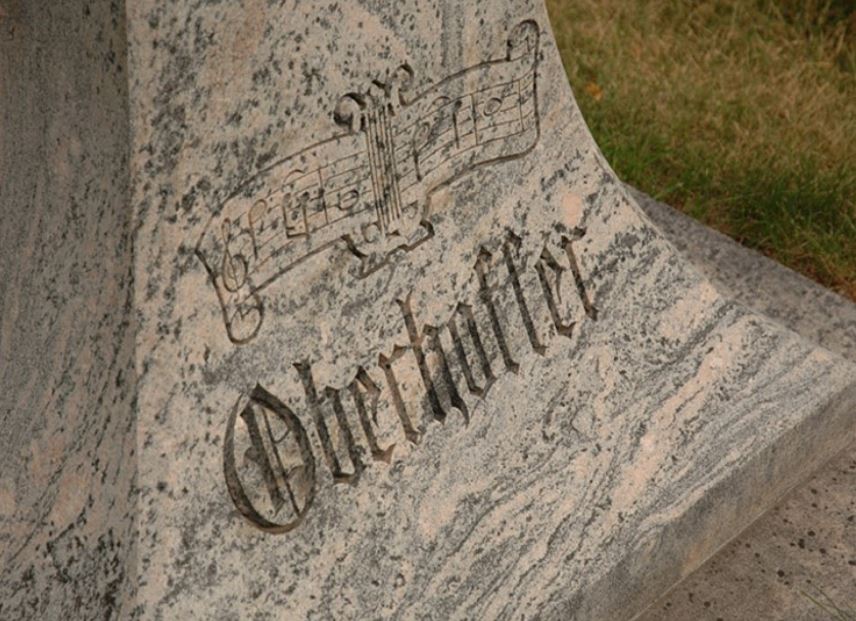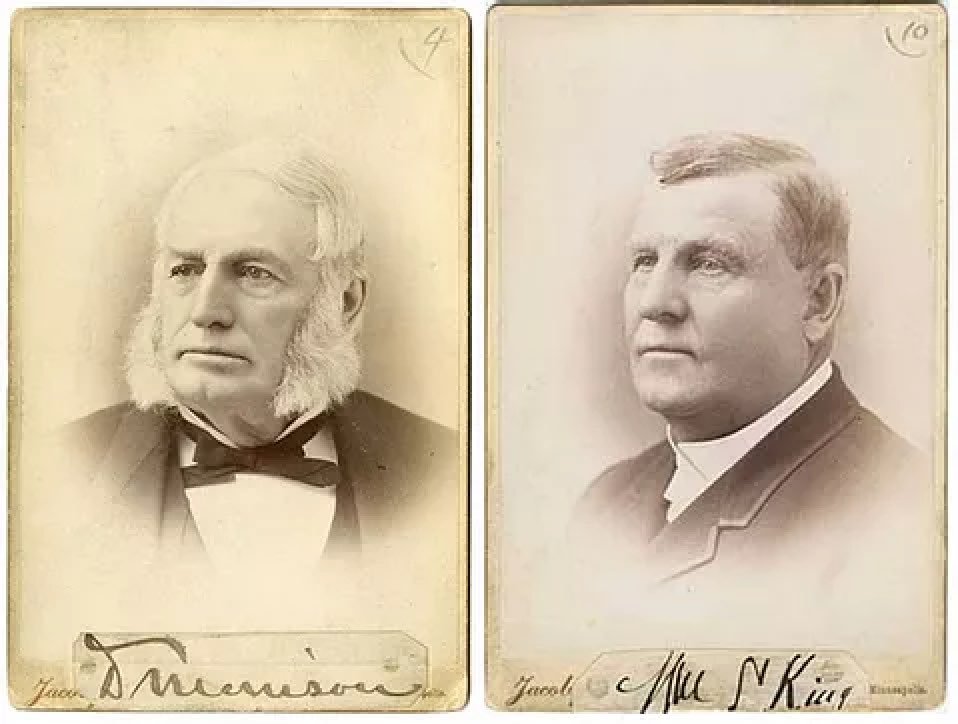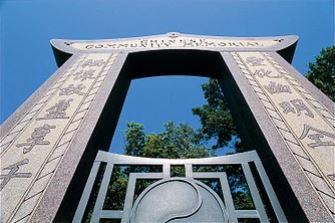Cremation has become commonplace. More people are considering it for a multitude of reasons—from economic to environmental—and choosing it with greater intention.

At Lakewood, we see families coming together for meaningful cremation ceremonies and finding personal ways of honoring and remembering their loved ones, beyond the familiar urn on the shelf.
Lakewood has a longstanding connection to cremation—from our historic crematory to a variety of beautiful spaces where ashes can be scattered or preserved. Read on for an in-depth historical perspective of Lakewood’s connection to cremation.
A Crematory at Lakewood
When the Lakewood Board of Trustees gathered for their annual meeting on November 7, 1907, they were not surprised by trustee Thomas Lowry’s motion: To send Lakewood’s superintendent Arthur Hobert on a fact-finding trip for information about constructing a crematory at Lakewood. Lowry’s plan was to build a crematory in connection with the new chapel, which was still in the planning stages at the time.
Most of Minneapolis knew Tom Lowry as a man on the cutting edge of every new thing. He’d been part of the founding of Lakewood, which was modeled on a new trend in cemetery design. He was also known to seize every opportunity to expand Minneapolis. He was heavily involved in the development of Lake Street, making it a major thoroughfare and a link to St. Paul across the river. He also acquired and ran the Minneapolis Street Railway Company, a grandiose name for its collection of horse-drawn carts (and a forerunner of today’s Metropolitan Transportation Commission).
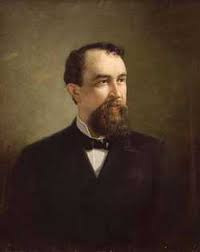
Thomas Lowry. Source: MNopedia
An Old Practice Revived
Cremation has been practiced for thousands of years, but it had fallen out of favor in Europe and among some religious organizations. No doubt Lowry had learned at the time that cremation was gaining traction again, as a way to relieve the overcrowding of city graveyards.
The movement began in the U.S. in 1876 when Dr. Francis Julius LeMoyne built the country’s first crematory in Washington, Pennsylvania. The first cremation there was in December 1876: A native of Bavaria, Baron DePalm, was a member of the Theosophical Society, which promoted cremation as a “hygienic” way to dispose of a deceased person’s remains.
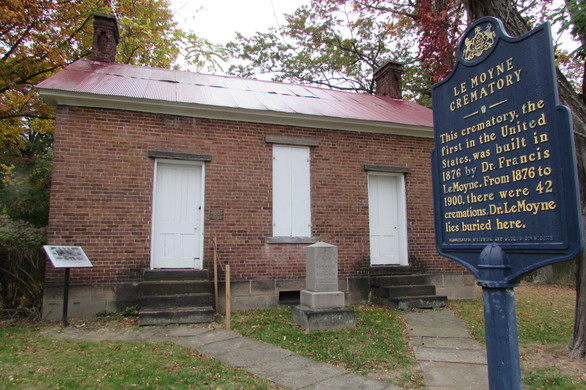
LeMoyne crematory built in 1876. Dr. LeMoyne’s cremated remains are buried under the headstone shown in this picture. Source: Atlas Obscura.
Mount Auburn Cemetery in Cambridge, Mass. became the first U.S. cemetery to operate a crematory and the first cremation there took place in April 1900. Within a few years, there were 20 crematories in operation in the U.S. In 1907, Superintendent Hobert was, on Lowry’s instruction, to visit a select number “for the purpose of getting ideas as to method, cost, etc., of constructing a crematory in connection with the new chapel.” The board agreed and Hobert made his trip.
Designing a Chapel with a Crematory
Meanwhile, plans for the new Lakewood chapel, where the crematory would be located, were shaping up. In 1908, the trustees asked the chosen architect, Harry Wild Jones, to do some research as well: “to visit crematories and columbaria at Portland, Oregon, Seattle, Wash., Denver, Col. and San Francisco, Cal. during his contemplated trip to the coast.” At the March meeting of the Chapel Committee, architect Jones presented revised plans for the chapel with provisions made for installing a crematory in the lower level and a sketch for location of a columbarium (a room with spaces to hold cremated remains) should the board consider such a step in the future.
Satisfied with their plans, Lakewood selected general contractors Pike and Cook to begin construction. They agreed to construct the chapel in parts, beginning with the crematory, which was completed in February 1908. Its two chambers were lined with heavy bricks and it was powered by fuel oil. The columbarium room was left to be finished at a later date. (The trustees did build a columbarium a few years later in 1913 but engaged LeRoy Buffington, another prominent architect of the time, to design it.)
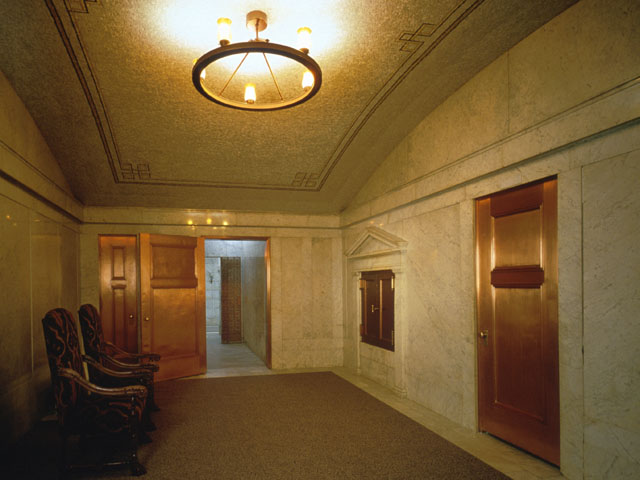
Original crematory at Lakewood in the lower level of the Lakewood Memorial Chapel, completed in 1908.
Cremation experts from Chicago conducted the first four cremations in the new facility at Lakewood and declared it sound. The first cremation at Lakewood was of the body of George Rust, on June 17, 1908. His remains continue to reside in the chapel’s columbarium.
Thomas Lowry died shortly after the crematory was finished. He passed away on February 4, 1909 and was the fifth cremation performed at Lakewood. His remains reside in the Lowry-Goodrich Mausoleum at Lakewood.
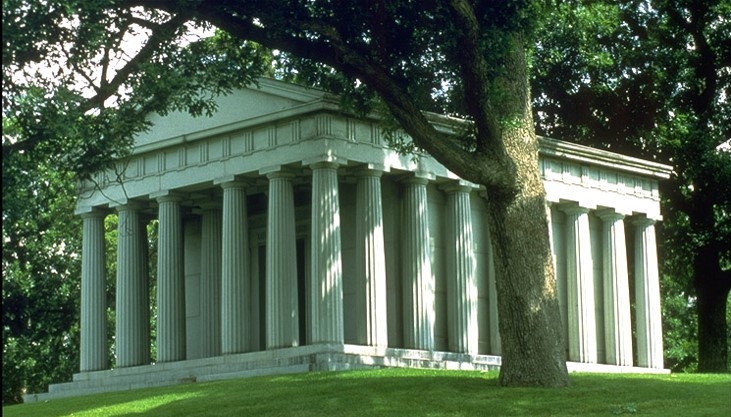
Lowry-Goodrich private mausoleum at Lakewood, early 1900s, contains almost all cremation niches (spaces that hold urns).
Slow Then Steady Growth
Thomas Lowry and the Lakewood Board were indeed on the cutting edge. But North Americans would not quickly embrace cremation for many decades. By 1913, there were 52 crematories in North America and 10,000 cremations. Forty-seven years later, in 1960, the cremation rate was just 3.56 percent.
Cremation continued, however, and its rate began accelerating in the 1980s and 1990s. By 2015, the U.S. rate was 48.6 percent and is predicted to reach more than 54 percent by 2020. Rates in Minnesota and Hennepin County are higher—more than 60 percent statewide and 67.5 percent in Hennepin County today. Today, Lakewood performs approximately 1,400 cremations annually.
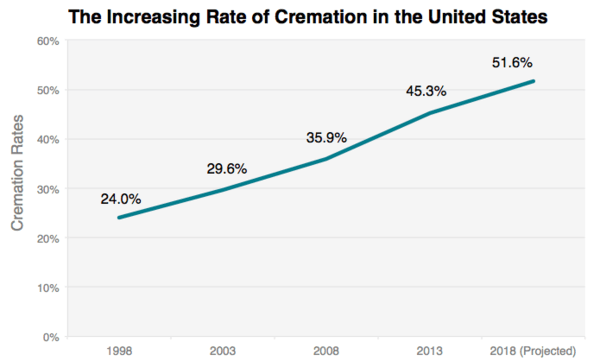
A New Crematory for the Modern Era
Lakewood’s original crematory was used from 1908 until the mid-1990s, with periodic re-bricking and a major remodeling in the 1970s that involved switching from using fuel oil to gas. In 1996, Lakewood installed a new crematory with modern technology that makes the process more efficient, and added a comfortable gathering area for families wishing to be present at the time of cremation.
Today, some families choose to witness the process and create their own form of meaningful ceremony or celebration. (We can share examples of what others have done if you are looking for ideas or inspiration.)
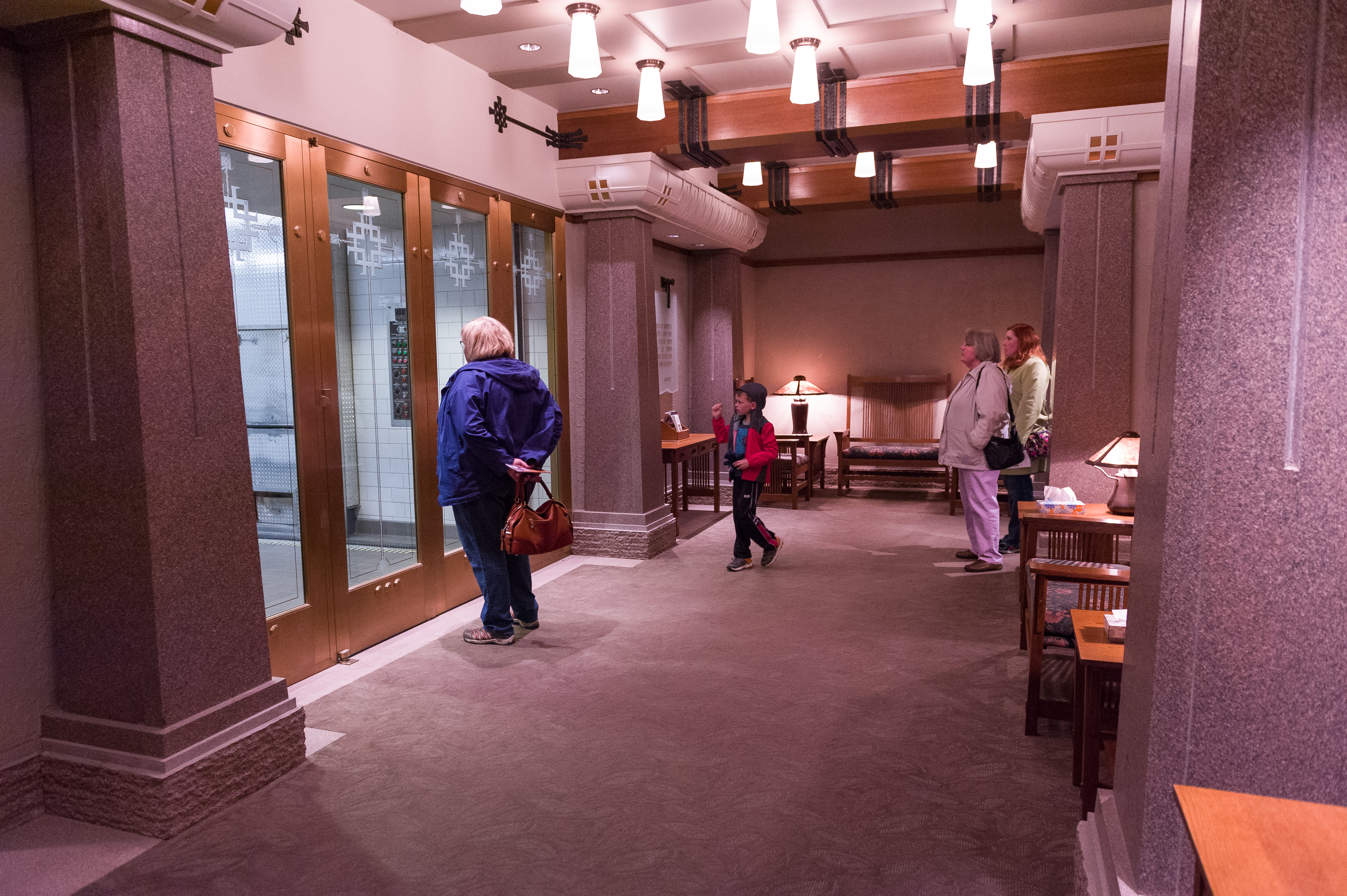
Lakewood’s modern-day crematory and family room, where some families choose to be present at the time of a cremation.
There’s One More Step: A Place to Remember
Henry Louis Gates, host of the popular PBS series “Finding Your Roots,” recently said, “People of the future will want to know about the past.” During the Civil War, families of fallen soldiers often went to the battlefields to find the bodies of their sons, husbands or brothers and bring them home for burial. Even today, knowing where the remains of loved ones lie drives the return of soldiers’ bodies, sometimes decades after their deaths, for burial in a place where they can be remembered, their names in stone or metal that can be touched.
Lakewood has always stood for that which is enduring and believes in the importance of marking every human life. To Lakewood, cremation is preparation for the next step: memorialization. And so, as cremation has become more and more popular, Lakewood has developed a variety of meaningful options.
The first garden at Lakewood dedicated to the burial of cremated remains was the Garden of Serenity, created in 1984. The Garden of Remembrance, on the east side of the cemetery along Dupont Avenue, followed in the mid-1990s. An outdoor columbarium inside the fence along 36th Street was added in 2007. Before these new options existed, families could (and still can) choose to bury cremated remains in a traditional grave or scatter them along the edge of Lakewood’s lake.
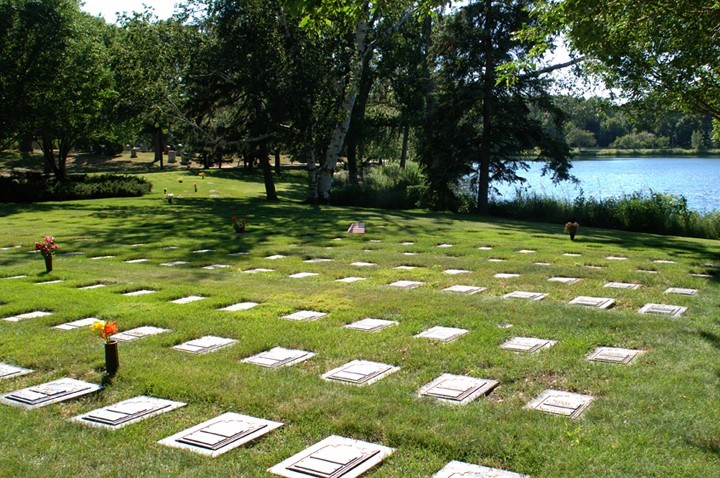
The Garden of Serenity at Lakewood, where cremated remains are memorialized, overlooks Lakewood’s private lake, Jo Pond.
Lakewood’s mausoleums (buildings that house remains) also reflect the increase in cremation’s popularity. The exquisite LeRoy Buffington-designed columbarium, located in the lower level of the Lakewood chapel, was the first indoor space at Lakewood for cremated remains.
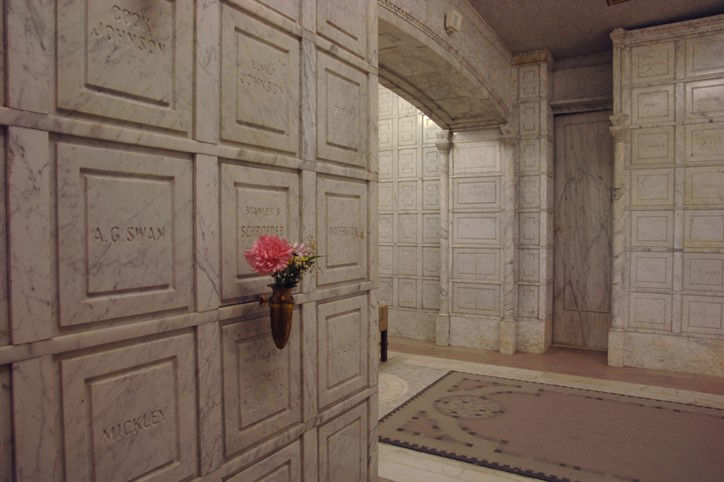
Lakewood Chapel Columbarium was completed in 1913.
When another of Lakewood’s buildings, the Memorial Community Mausoleum, was built in the mid-1960s, it included more than 2,000 niches for cremated remains. As the mausoleum’s niches began to fill, Lakewood constructed a new building, the Lakewood Garden Mausoleum, finished in late 2011. This beautiful, contemporary mausoleum contains a ratio of more than five times the number of cremation niches to crypts, further reflecting the popularity of cremation today.
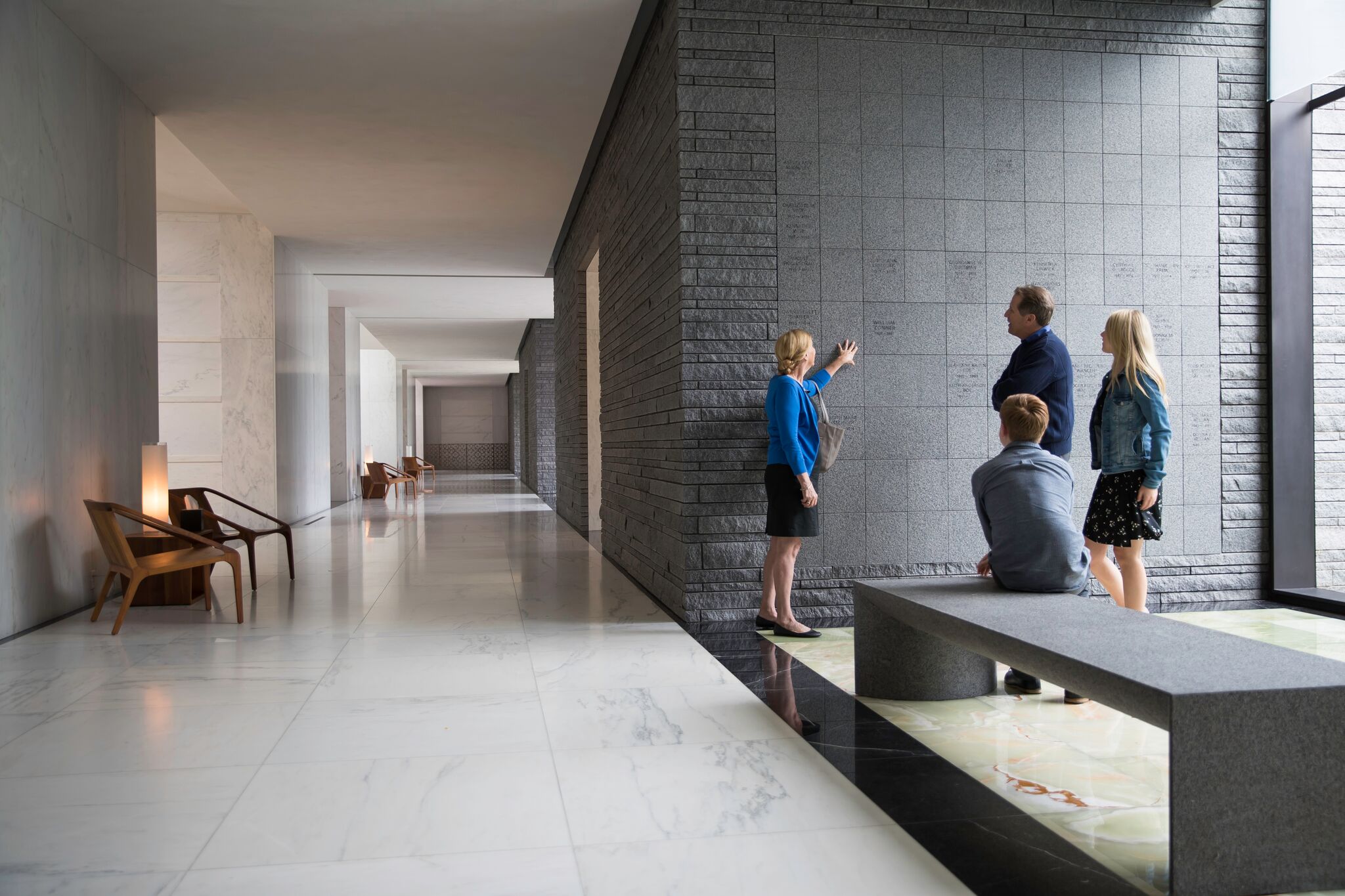
Lakewood’s recently built Garden Mausoleum has options for those who choose cremation, both indoors and outdoors in the gardens.
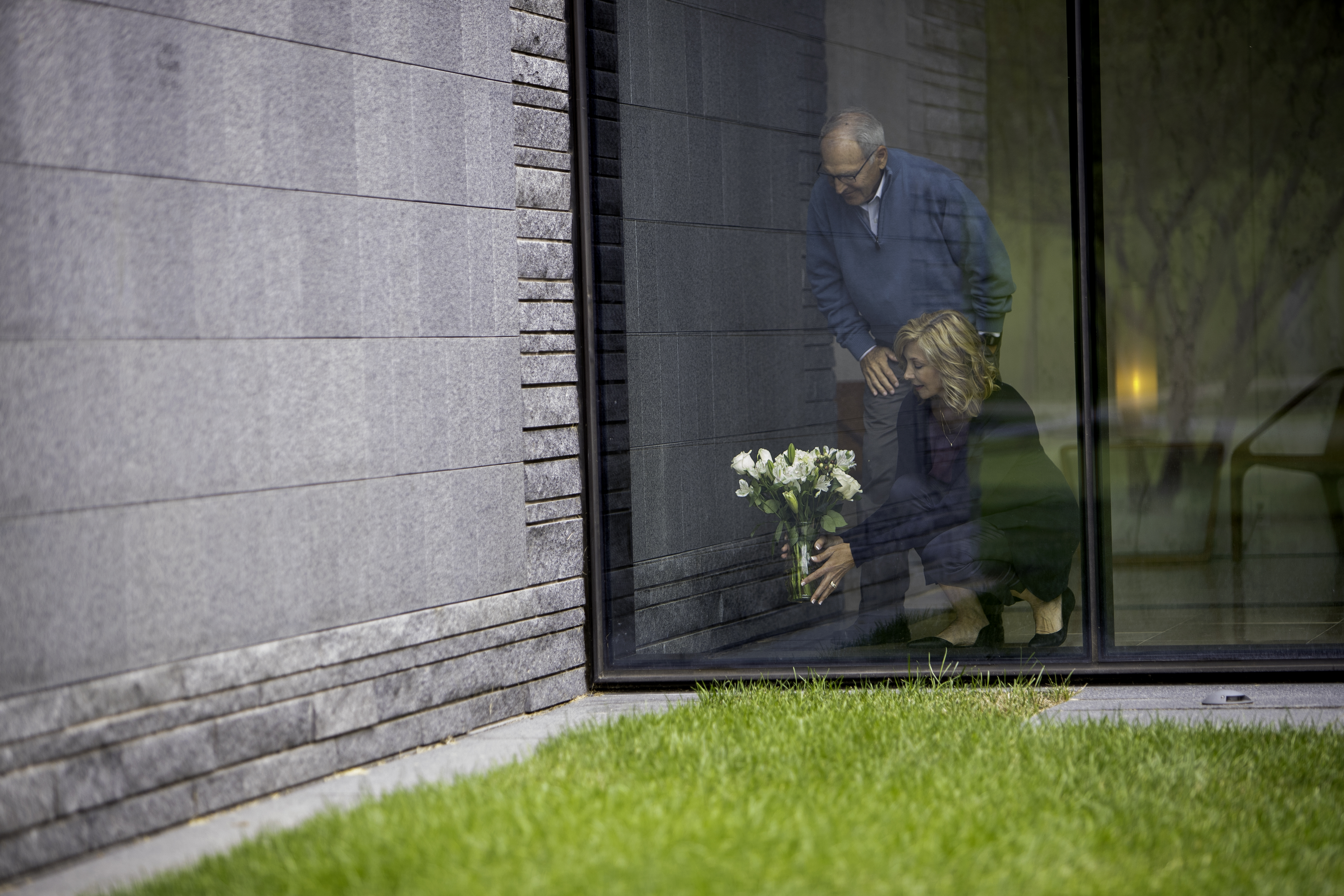
From the visionary decisions made by Lakewood’s first leaders to today’s dedicated board of trustees, Lakewood will continue to remain in step with (even ahead of) today’s families’ needs. And for many, that means being a continuing resource for those who choose cremation.
Want to learn more about your options?Our family service counselors are here to help you understand your options and answer your questions about cremation. Call us at 612-822-2171 or send an email to info@lakewoodcemetery.org to set up some time to talk.
Sources:
Lakewood Cemetery Board of Trustees meeting minutes; Cremation Association of North America web site
